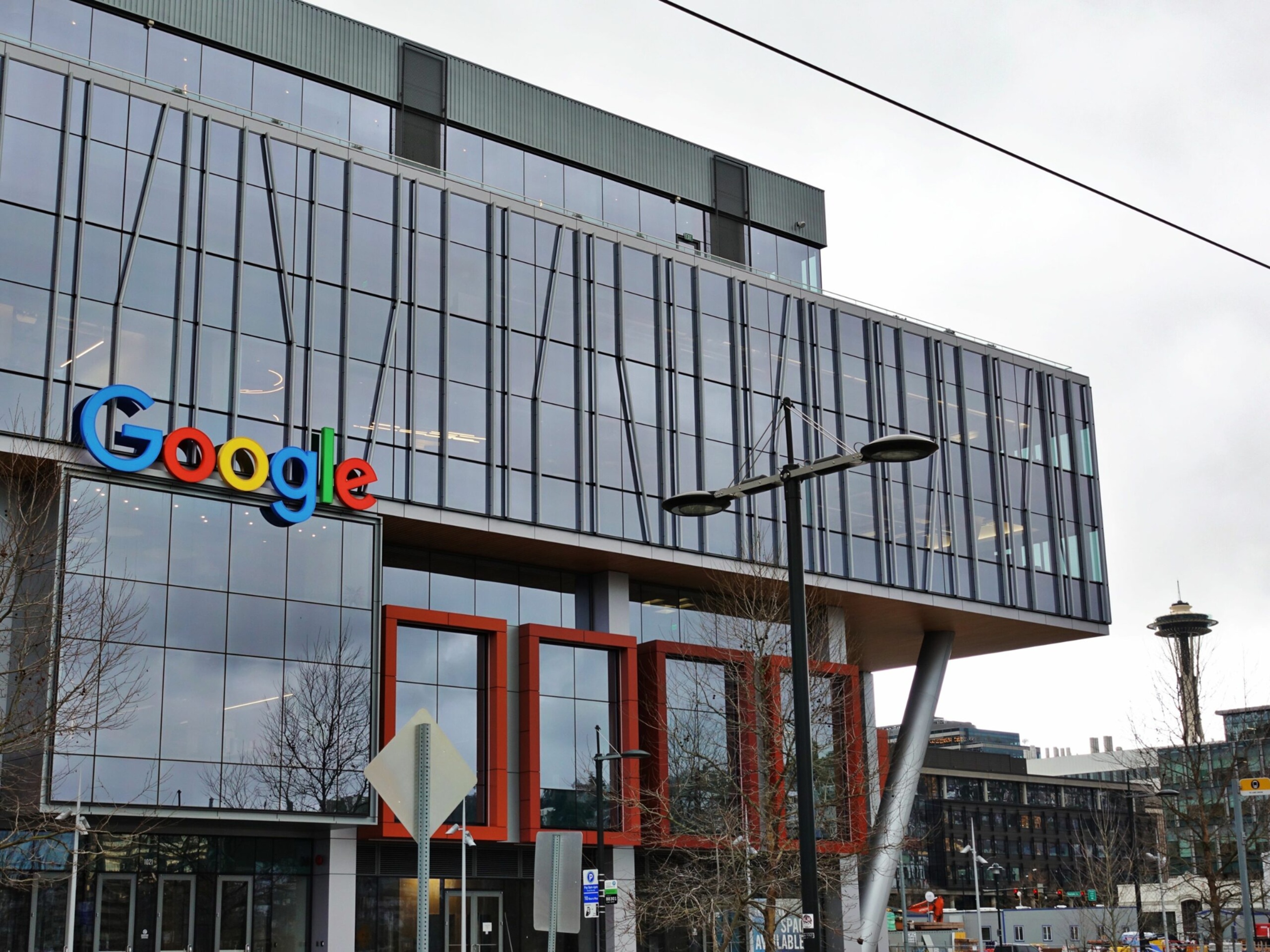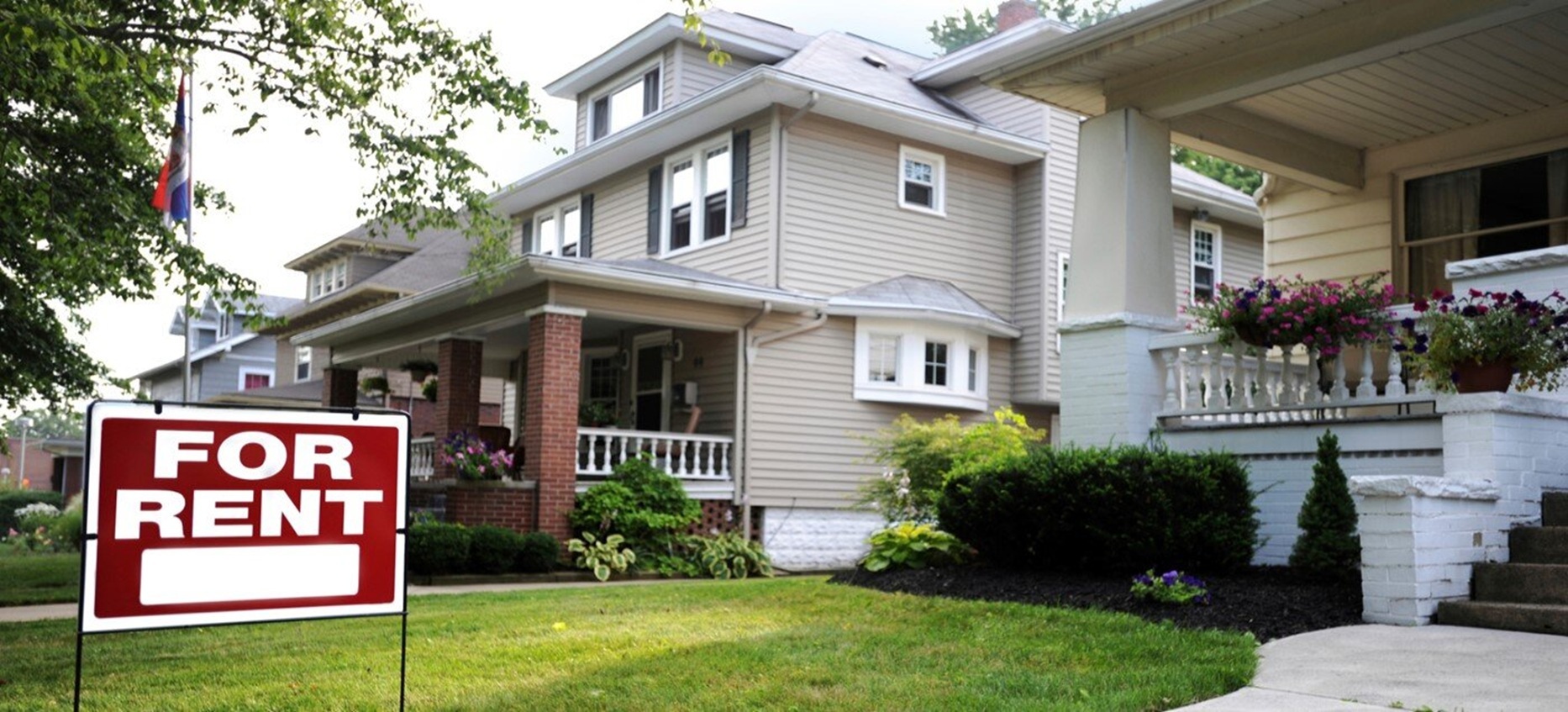The single-family rental market in the United States is seeing significant shifts as we move into 2025. With demand patterns changing and rental rates stabilizing after years of volatility, understanding these trends is crucial for property owners in competitive markets like Seattle. In this article, we'll explore the latest data on single-family rent growth, key market drivers, and what property owners can expect in the coming year.
Current Single-Family Rent Growth
According to recent market data, U.S. single-family rent prices have increased by 2.4% year-over-year in January 2025, up from 2.1% in December 2024. This growth is still below the 2.6% year-over-year increase seen in January 2024, reflecting a more stabilized market after years of rapid inflation and economic uncertainty. High-end rentals led this growth, with a 3.2% year-over-year increase, while low-end properties saw a more modest 1.9% gain. This moderation indicates a shift from the rapid price hikes seen in the wake of the pandemic, offering a more balanced market for both renters and landlords.
Seattle's Rental Market in 2025
In Seattle, the story is slightly different. Known for its tech-driven economy and high housing costs, Seattle remains one of the more expensive rental markets in the country. According to data from Zillow, the average rent for a single-family home in Seattle now stands at approximately $3,000 per month, reflecting a 4% year-over-year increase. This is slightly higher than the national average and highlights the ongoing demand for quality housing in the region.
Seattle’s rental market is also heavily influenced by its thriving tech sector, which attracts highly paid professionals willing to pay a premium for well-located, high-quality homes. Despite recent economic challenges, the city’s strong employment base in technology, healthcare, and aerospace continues to drive housing demand, making Seattle a consistently high-performing market for single-family rentals.
Factors Driving Seattle's Single-Family Rent Growth

Several factors are contributing to the steady rise in Seattle's single-family rent prices:
Tech Sector Resilience: Despite broader economic uncertainty, Seattle's tech-heavy job market continues to attract well-paid professionals, keeping demand for high-quality rentals strong.
Inventory Constraints: A limited supply of single-family homes, coupled with strict zoning laws, has kept vacancy rates low and competition high.
High Relocation Rates: With many companies embracing hybrid work, Seattle has seen an influx of professionals seeking more spacious living options outside dense urban cores. This trend is particularly pronounced in the suburbs surrounding Seattle, where the quality of life and access to outdoor activities are major draws.
National Trends Influencing Local Markets
While Seattle's market has its unique dynamics, national trends also play a role. For instance, single-family rentals have historically seen more stable pricing than apartments, with annual rent growth averaging 2% to 4% from 2010 to 2019, according to the National Association of Realtors (NAR). This stability makes single-family rentals an appealing option for investors, even during economic downturns.
Additionally, a report from the U.S. Census Bureau shows that 65% of U.S. households now prefer renting over homeownership due to high mortgage rates and economic uncertainty. This trend is particularly impactful in high-cost markets like Seattle, where the financial barrier to homeownership remains steep.
What to Expect in 2025

As we move further into 2025, property owners in Seattle should prepare for continued but moderate rent growth. While high-end rentals may see stronger gains, the overall market is likely to stabilize as interest rates settle and housing supply slowly catches up with demand. Property owners should also watch for shifts in tenant preferences, such as increased demand for smart home features, pet-friendly amenities, and energy-efficient upgrades, which can help justify premium pricing.
Tips for Seattle Landlords in 2025
To stay competitive in Seattle’s rental market, property owners should consider:
Offering Flexible Lease Terms: Attract remote workers who may seek shorter leases.
Focusing on Property Upgrades: Smart home technology, energy-efficient appliances, and quality landscaping can increase property appeal.
Maintaining High Tenant Satisfaction: Quick response times and proactive maintenance can reduce turnover and keep occupancy rates high.
Final Thoughts
For Seattle property owners, staying informed about both local and national market trends is essential for maximizing rental income in 2025. With the right strategies in place, landlords can benefit from this period of stabilization and ensure long-term profitability. As the market continues to evolve, those who adapt to changing renter preferences and invest in property improvements will be best positioned for success.


